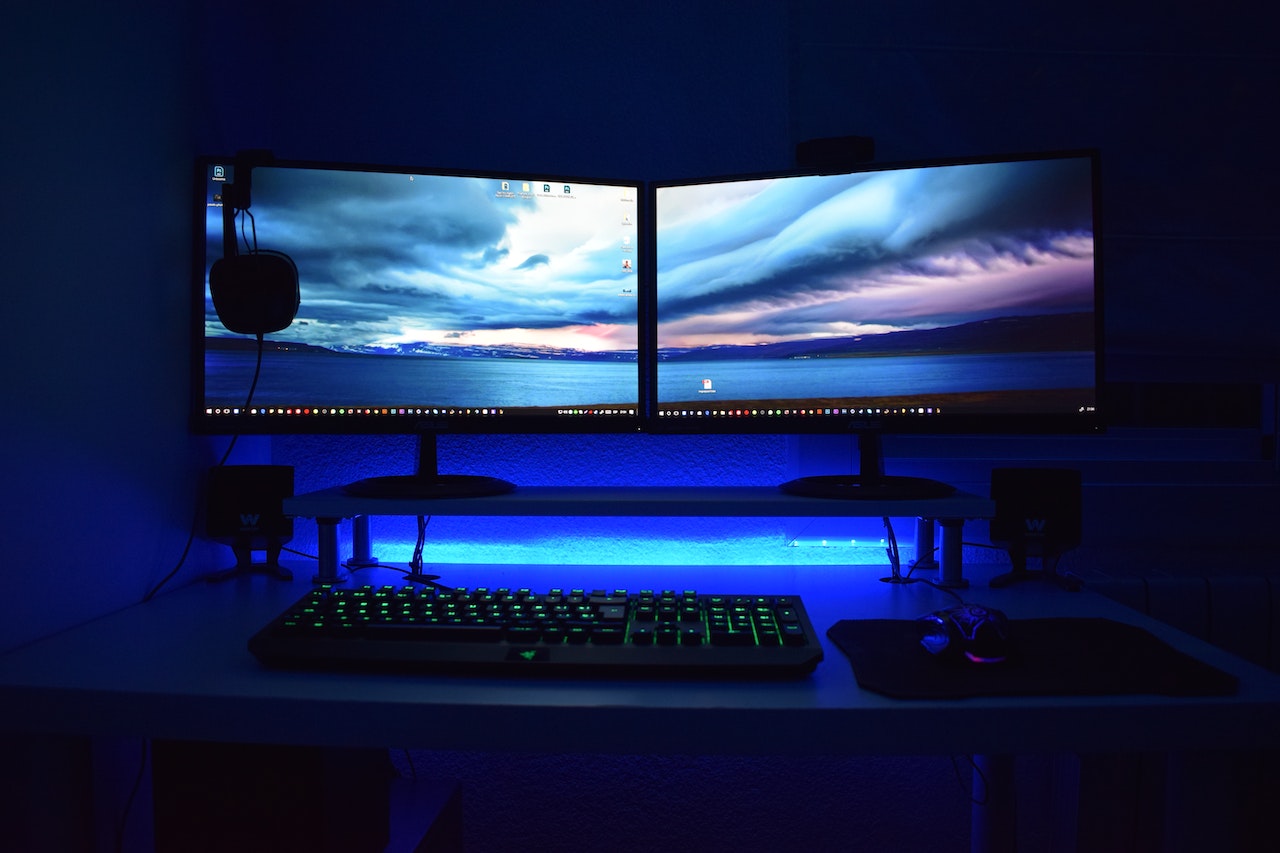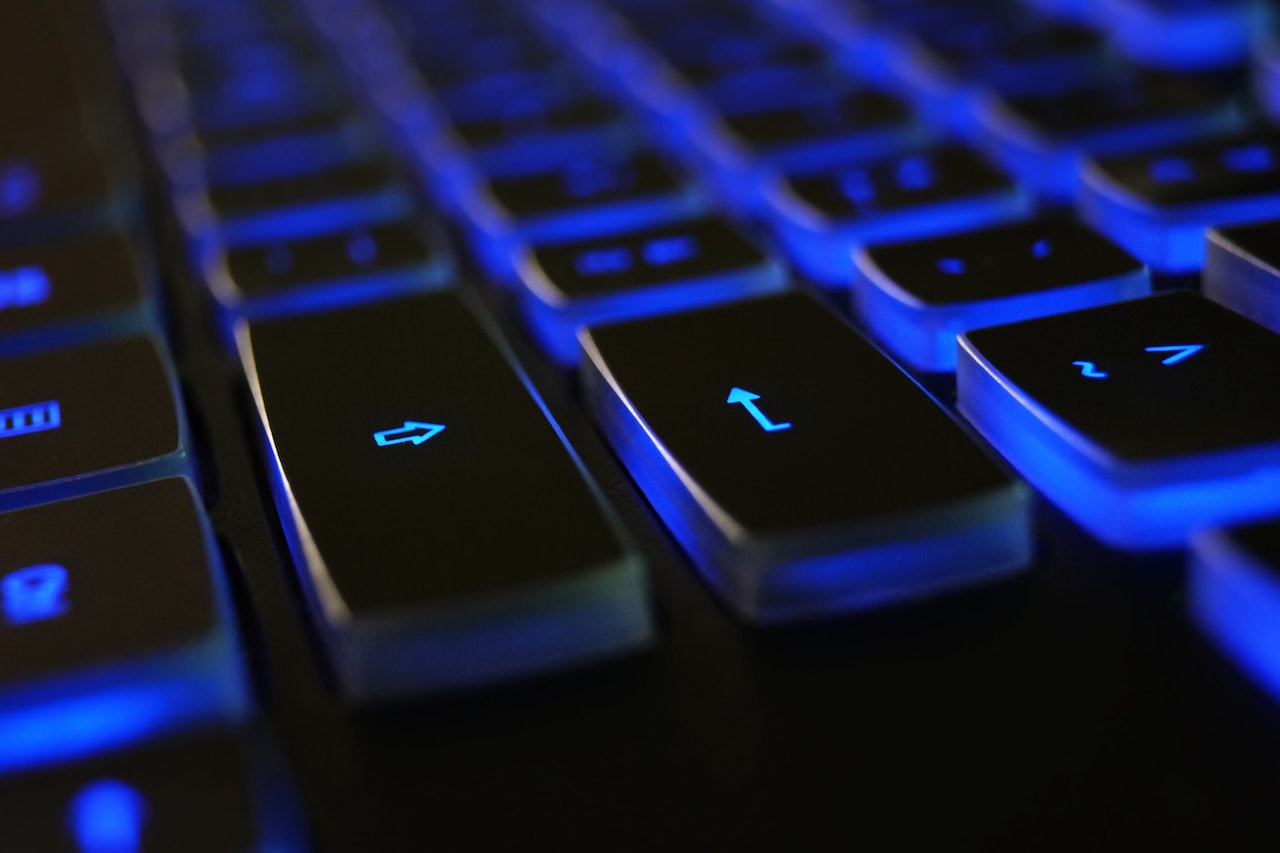Types of Computers
There has undoubtedly been a wide range of computers offering different functions since the advent of the first one. Computer types are also in various sizes. The largest can occupy a large building and, the smallest is a microcontroller in embedded systems.
Here are the four basic types of computers.
Supercomputer
Supercomputers are the most powerful computers in the world in terms of performance and data processing. They are specialized, heavy-duty computers used for research and exploration purposes by large organizations. For instance, NASA launches shuttles and controls them for space exploration using supercomputers.
Supercomputers are extra-large, and a single one can occupy a large air-conditioned room. Some can even stretch through an entire building and, they are costly too. These computers are used for earthquake studies, weather forecasting, space exploration, and nuclear weapons testing.
Some in-demand supercomputers include the:
- IBM Mira in the United States
- IBM SuperMUC in Germany
- IBM Sequoia in the United States
- NUDT Tianhe-1A in China
- Fujitsu K Computer in Japan
Mainframe Computer
Mainframes are another type of computer that is extremely costly but not as powerful as supercomputers. Government organizations and many large firms run their business operations on mainframes. Due to the sizes of the mainframe computers, they can also stand in large rooms with air conditioners.
Mainframes are fast computers with the ability to process and store a large amount of data. Insurance companies, banks, and educational institutions use mainframes to store the data of their policyholders, customers, and students, respectively. The sought-after mainframe computers are Hitachi Z800 and Fujitsu ICL VME.
Minicomputer
Minicomputers (also called Midrange Computers) are small machines without much processing and data storage ability. They are not designed for individual users but small businesses and firms for specific purposes. With the help of a minicomputer, a production department can monitor its process. Popular minicomputers include K-202, IBM Midrange computers, SDS-92, and Texas Instrument TI-990.
Microcomputer
Microcomputers are the fastest-growing computers that are widely used in the computing world. The computers are affordable and designed for general purposes such as educational studies, business development, entertainment, etc. Industry-leading manufacturers of microcomputers are Apple, Dell, Samsung, Toshiba, and Sony. Microcomputer types include desktop computers, notebooks, gaming consoles, smartphones, tablets, netbooks, calculators, and many more.



